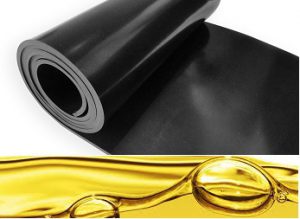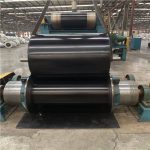Oil Resistant Conveyor Belt
The oil resistance conveyor belt refers to the ability of rubber vulcanizes to resist oil turbidity. When the surface of the rubber conveyor belt is in contact with various oils within a certain temperature range for a long time, the oil may penetrate into the rubber, causing volume increase and swelling. At the same time, the oil medium may react from the soluble compounding agents (mainly low molecular weight plasticizers) in the conveyor belt, resulting in a reduction in volume (shrinkage). The two are a dynamic balancing process. Usually, the degree of swelling or shrinking increases with the contact time between the surface of the rubber conveyor belt and the oil, until the volume change reaches equilibrium. The higher the temperature, the shorter the time required to reach volume equilibrium. In addition, some additives in oil products may chemically react with rubber molecules, causing cross-linking or degradation of rubber.
NBR is a commonly used oil-resistant rubber, and its oil resistance increases with the increase of acrylonitrile content. NBR with high acrylonitrile content has better resistance to mineral oil, but its heat resistance is limited. When the oil temperature exceeds 150 ° C, HNBR, FPM, FVMQ or ACM should be used.
| Description | Rubber material | Permissible temp.°C | Application area |
| OR | NBR | -20 ~ 80 | – Oil and fat resistant for products containing mineral oils |
| MOR | NBR/SBR | -20 ~ 80 | – Oil and fat resistant for most products with animal and vegetable oils and fats. |
| HOR | NBR | -20 ~ 120 | – Hot asphalt |
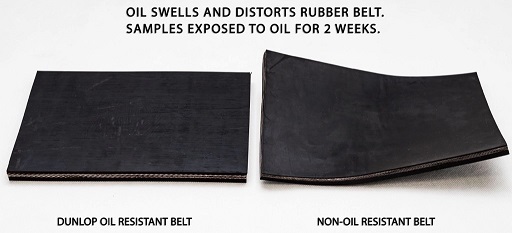
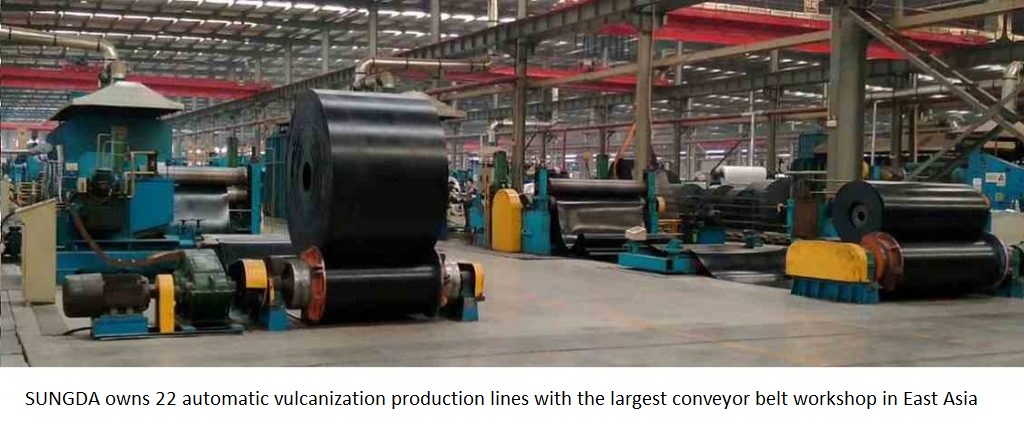
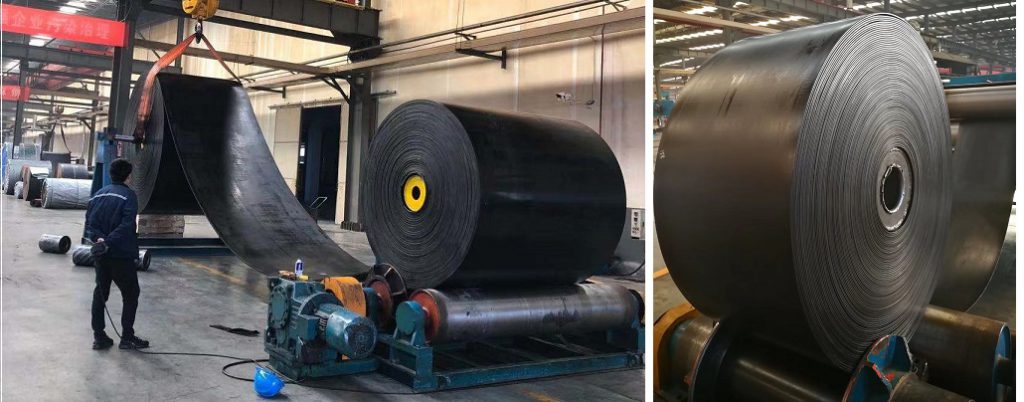

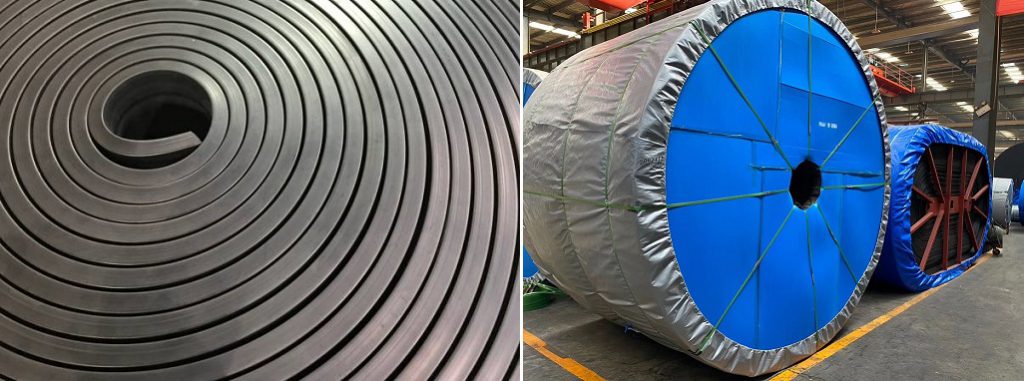
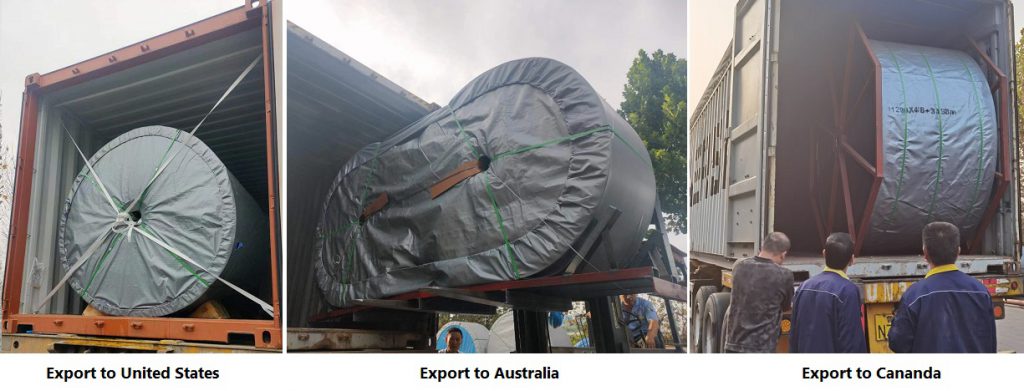
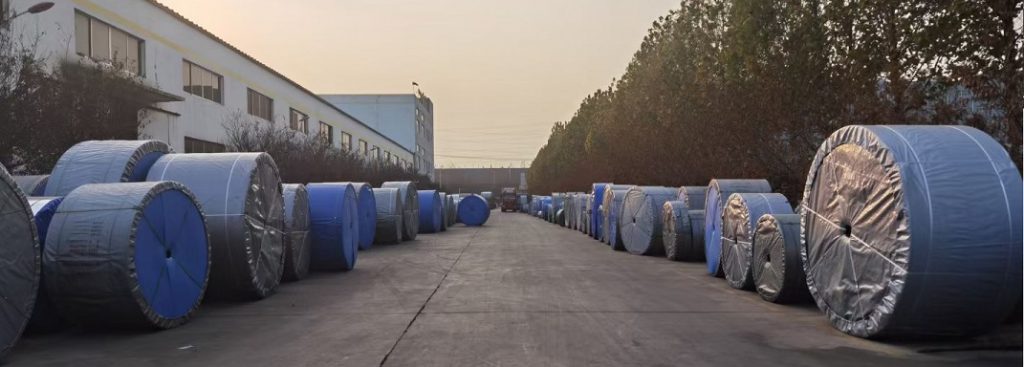
Tags: NBR conveyor belt,oil resistant conveyor belt

